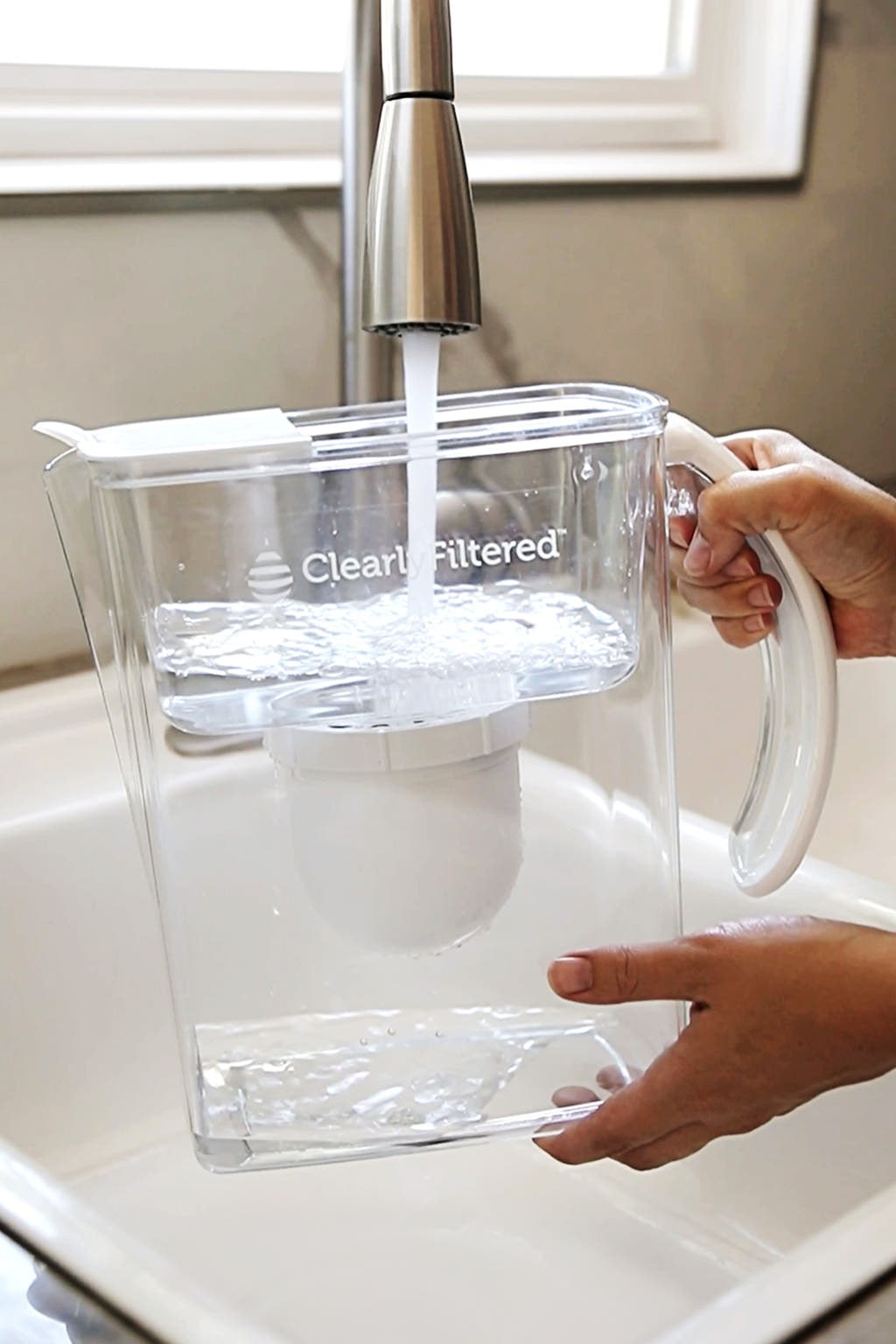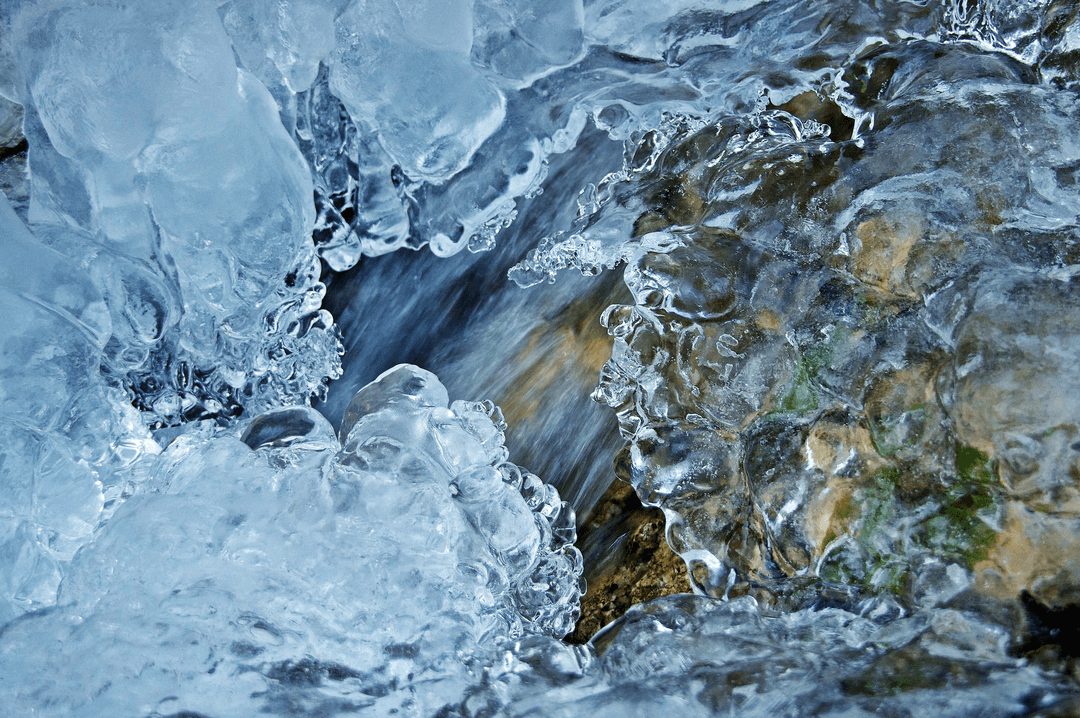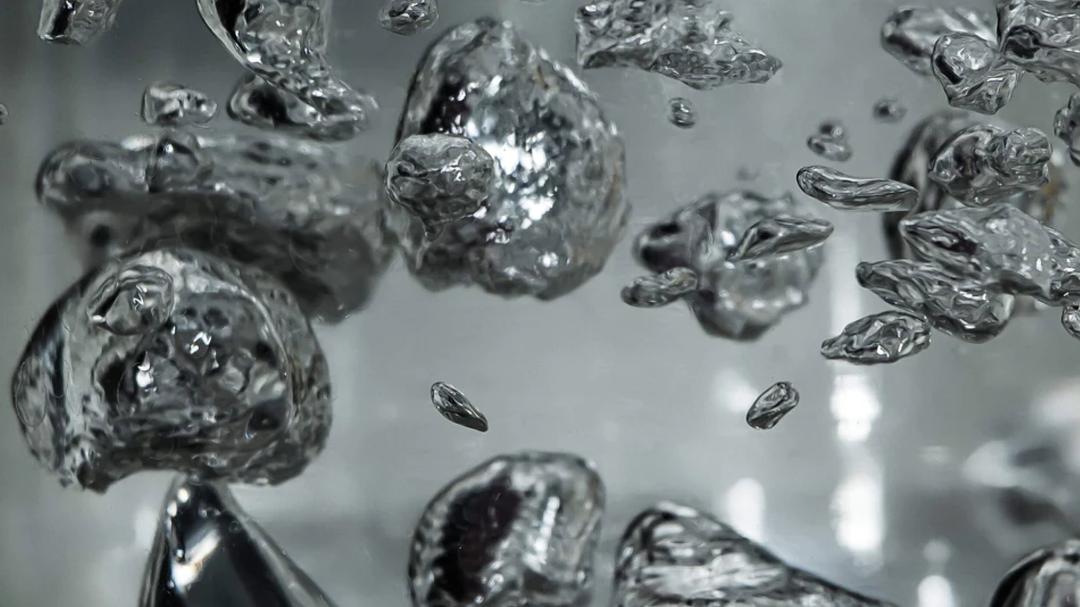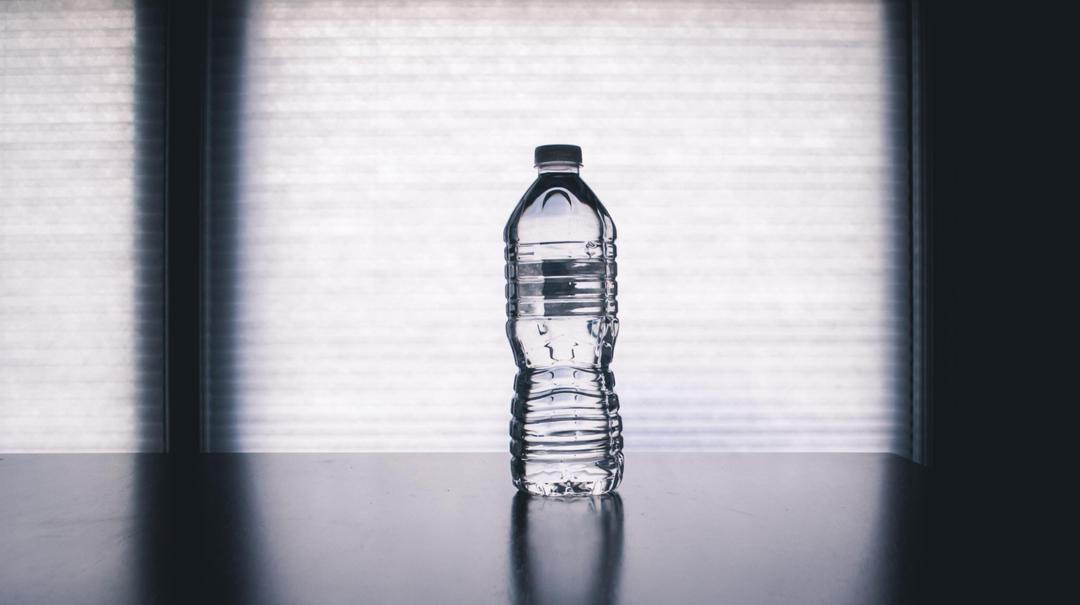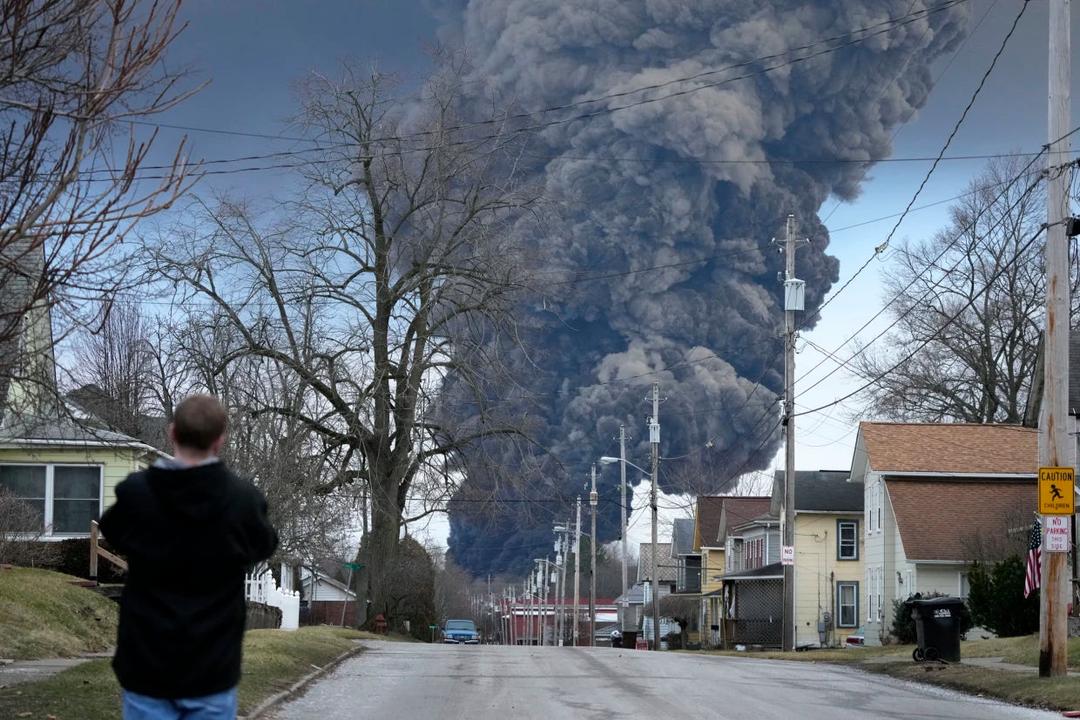HAA5, a dangerous group of cancer-linked contaminants, has been found in tap water in all 50 states. Read on to discover what HAA5 is and how it gets into our water, why current regulations are being questioned, and the easiest way to protect yourself from this dangerous family of contaminants.
HAA5 in Tap Water
Share This Article:

HAA5

HAA5 is a group of cancer-linked contaminants called haloacetic acids found in tap water in all 50 states.
What is HAA5?
To understand HAA5, you must first understand HAAs. HAAs is an acronym that stands for haloacetic acids. HAA5 is a collection of the following five haloacetic acids widely considered to be the most prevalent and potentially harmful in tap water:
-
Dibromoacetic acid (DBA)
-
Dichloroacetic acid (DCA)
-
Monobromoacetic acid (MBA)
-
Monochloroacetic acid (MCA)
-
Trichloroacetic acid (TCA)

Contamination Facts
50
STATES AFFECTED
286M
PEOPLE AFFECTED
7/10
TOXICITY RATING
Health Guideline vs Legal Limit
98% of America’s public water supplies are disinfected with chlorine, which means 98% of our tap water has the potential to be contaminated with HAA5!
You see, chlorine basically creates HAA5. How? Well, HAAs are what’s called disinfectant byproducts, or DBPs. As their name indicates, DBPs are created when a disinfectant, like chlorine, interacts with organic matter in water. So when chlorine mixes with certain matter found naturally in water, dangerous DBPs like HAAs and THMs (trihalomethanes) can form.
For example bromide, which can be found naturally in water, can react with chlorine to form bromine. Bromine can then react with other natural matter in water to form HAAs. See what we mean? You can think of it like mixing ammonia and bleach. Ammonia and bleach by themselves can be useful. But mixing them creates a deadly gas that can kill you.
Of course, mixing chlorine with water won’t kill you immediately… but as we said before, prolonged and excessive exposure to higher levels of HAA5 has been linked to multiple forms of cancer, among other things.
Think of drinking water contaminated with HAA5 like smoking cigarettes. Smoking one cigarette probably won't cause cancer. The same goes with drinking a single glass of water polluted with HAA5. However, just like years of cigarette smoking can dramatically increase your cancer risk, so can regularly drinking HAA5-contaminated water.
Health Effects of HAA5
So why should you be worried about HAA5 in your drinking water? Not only are these haloacetic acids legally allowed in tap water (to a certain, potentially dangerous level), HAA5 has been linked to multiple forms of cancer. Plus, it can be harmful to fetal growth and have developmental effects.
Additional health risks linked to HAA5 include increased risk of headache, nausea, sore throat, wheezing, shortness of breath, as well as liver damage and kidney problems. And longer exposure to contaminated drinking water may cause vomiting, diarrhea, and sore throat because HAA5 has the potential to burn the tissues of the human body.
How does Clearly Filtered do at Removing HAA5?
Clearly Filtered Products that Target HAA5
Removal Rate
Water Pitcher Filter
>99.98%
The truth is, many of the most popular filters and filtration devices on the market rely on basic technology that regulates as few as 5 of the 320+ dangerous contaminants found in tap water. And HAA5 is one of hundreds of common contaminants they simply are not powerful enough to reduce.
That’s why your best option is to rely on a premium water filter proven to reduce HAA5 and maximize your drinking water quality.
Our best-selling water pitcher removes up to 99.9% of HAA5 from tap water and well water. In fact, it’s the ONLY water pitcher on the planet that protects you from 365+ contaminants, including HAA5, without targeting beneficial minerals!
So if you want proven protection from HAA5 and complete confidence in your water, upgrade to Clearly Filtered today to get easy access to the cleanest water!
References
1. Haloacetic Acids - Maximum Contaminant Level Exceedances - Public Notification https://www.epa.gov/sites/default/files/documents/PN_HAA5_MCL.pdf
2. Haloacetic acids (HAA5) https://www.ewg.org/tapwater/contaminant.php?contamcode=2456
3. HALOACETIC ACIDS- Frequently Asked Questions https://www.dhss.delaware.gov/dhss/dph/files/haloaceacfaq.pdf

